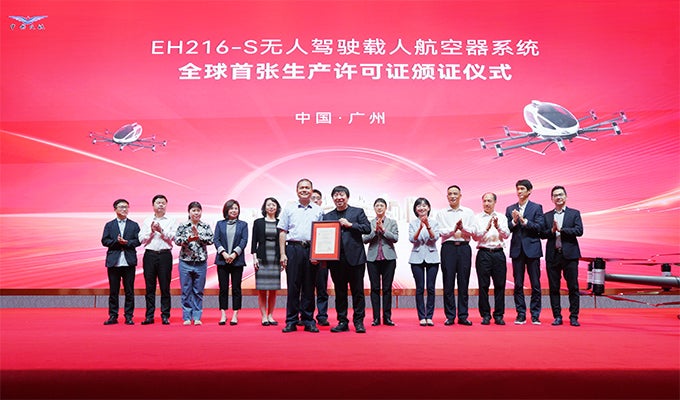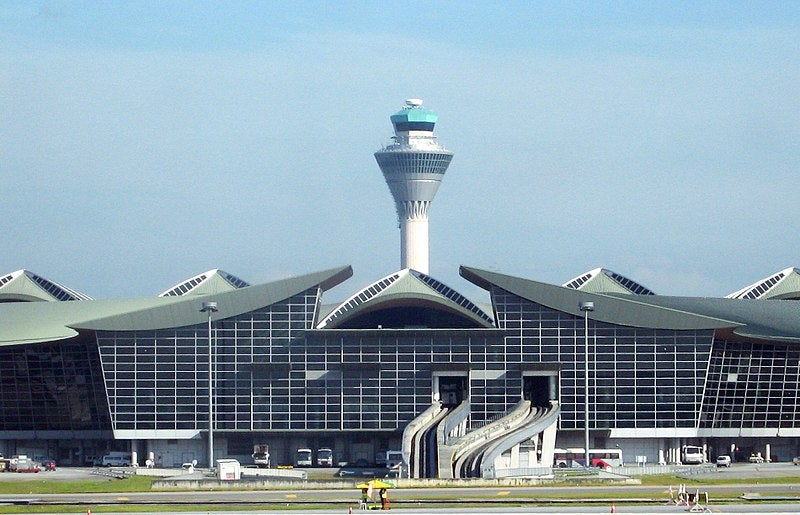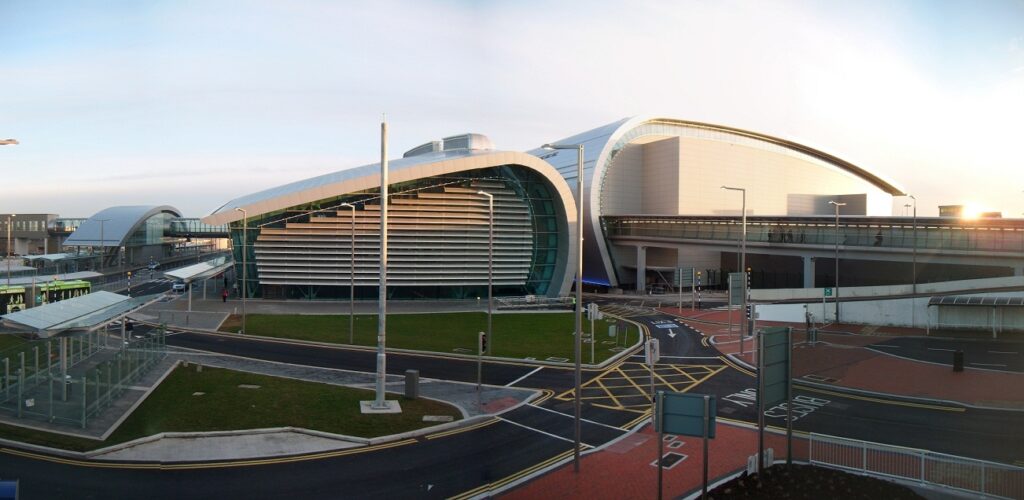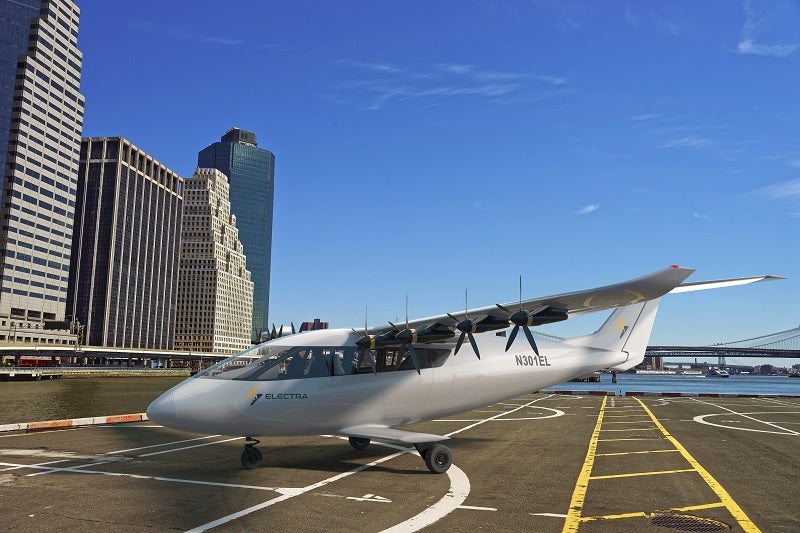
The complex decision-making process of the EU moved swiftly in the wake of the 9/11 attacks. Regulation 2320 was introduced in 2002, establishing common rules for aviation security. However, it was not until early 2003 that EU member states agreed they were obliged to adopt the standards laid down and create programmes to achieve them.
Regulation 2320 covered many aspects of airport security, including planning, aircraft safety and the screening of passengers, staff and freight. But by 2006, it was clear there were flaws in the legislation and that an improved version was needed, says Robert Missen, deputy head of aviation security in the EC’s Directorate-General for Transport and Energy. The complicated EU regulatory mechanism ground back into action.
Creating flexibility
According to Missen, 2320 was too prescriptive and too detailed. He explains that by making its successor, Regulation 300, less exhaustive, the EC gained greater flexibility to make adjustments. The only extra area covered by the new rules concerned in-flight safety. The key consideration was flexibility.
“All primary legislation has to go through the Council of Ministers and the European Parliament to be amended, and that process, as a ballpark figure, normally takes about 24 months,” Missen explains. “If you wanted to change literally one line in 2320, it would take about two years plus full political consensus. Regulation 300, when you look at it, is much simpler, much cleaner. For example, we say passengers will be subject to screening. We don’t go into any detail as to what they should be subject to screening for. That extra detail is then left to lower-level legislation, because lower-level legislation can be adopted much more swiftly.
See Also:
“Most importantly, it can be changed, amended, added to or deleted in months, not years. The best example – not necessarily in terms of popularity with passengers but as regards swiftness – is the liquids ban, which we got through in about six or seven weeks. That is nearly a record for European legislation.”
How well do you really know your competitors?
Access the most comprehensive Company Profiles on the market, powered by GlobalData. Save hours of research. Gain competitive edge.

Thank you!
Your download email will arrive shortly
Not ready to buy yet? Download a free sample
We are confident about the unique quality of our Company Profiles. However, we want you to make the most beneficial decision for your business, so we offer a free sample that you can download by submitting the below form
By GlobalDataThe liquids, aerosols and gels (LAGs) regulation was implemented under second-tier legislation 622. The equivalent legislation for Regulation 300 is Regulation 272. “In this interim level, there’s a greater degree of oversight by the European Parliament,” says Missen. “So Regulation 272 adds more detail to Regulation 300 before it comes down to the third tier. For example, with 272 we have to list all the methods for screening, such as X-rays and EDS. But how it is used is left to the third tier. The European Parliament deliberately wanted to have a say. We saw the consequence of this last autumn when they blocked our original draft because we said that one of the methods we would like to allow in the future was body scanners. The European Parliament said: ‘No way. We don’t want body scanners.’ So, they used the enhanced scrutiny possibilities as a leverage to keep an oversight on what rules we were able to do.”
Missen adds that the proposal fell because the EC failed to explain clearly that body scanners would not be compulsory and that procedures could have been implemented to tackle the MEPs’ privacy concerns. The EU also remains unwilling to accept the International Civil Aviation Organisation’s approved tamper evident bags carried by transit passengers from airports outside its territory. Instead, it continues to negotiate bilateral agreements with individual countries.
“We’ve managed to do this with Singapore, Croatia and South Korea, and potentially with the US as well, although that’s not yet been ratified,” Missen explains. “But it’s a slow process to have to go to these countries and check their security procedures.”
The final details of Regulation 300 will be decided during the third-tier committee process, when experts from the transport ministries of the 27 EU member states will gather with, where necessary, their justice ministry counterparts to vote through the detailed rule-making by autumn 2009. That will give EU states six months to make any necessary revisions before the rules become law in April 2010.
No more secrets
Unlike 2320, the approach now is to keep as much information as possible in the public domain. In reality, says Missen, only a small amount of information needs to be kept secret. “The 10% that won’t be in the public domain will be things like the technical specifications for equipment, the minimum percentages of people hand-searched and how you do a hand-search,” he says. “The type of thing that, if it’s in the wrong hands, genuinely assists people to figure out ways to get round the system.”
Many security challenges will be solved by new technology. “Once that technology is there, the issue of duty free should be solved because you will not need to identify whether the liquid is a bomb or not – you need only identify whether the liquid is what it says on the bottle,” Missen says.
It’s unlikely that liquids scanning technology will be available by April 2010 as hoped, but there is a range of promising commercial projects that the EC will flag up, but about which it will remain neutral. Missen believes that such technology will first be used to screen transit passengers at key hubs. “The wider application of new screening products will be influenced by their cost,” he says.
Unlike the Transportation Security Administration, which controls the purse strings in the US, there are wide equipment-funding differences between the 27 EU states.







